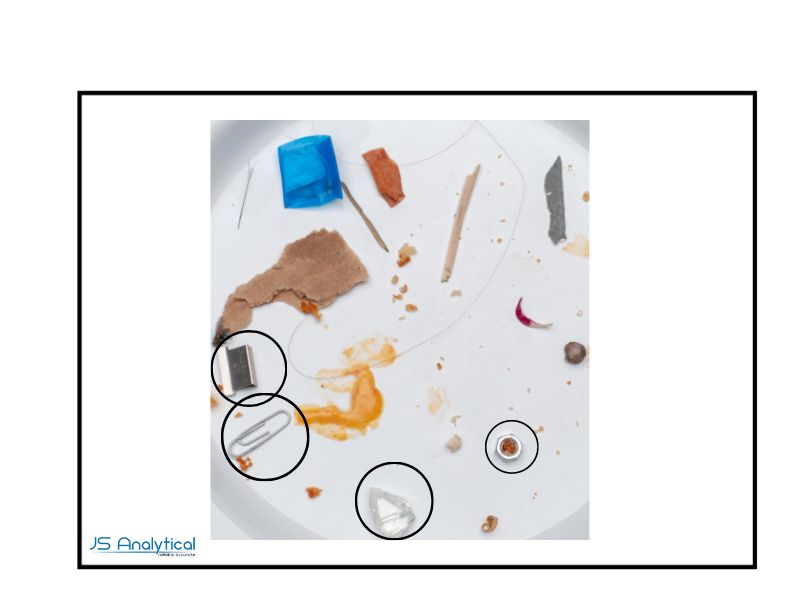Metal is the foreign substance that has use in food preparation the most frequently. In addition, to endangering downstream processing machinery, this pollution poses a risk to consumer safety. Metal contamination that enters the food chain can harm the supplier’s brand and reputation incalculable. To avoid this happening metal detection system is recommended

Metal detections detect and remove the presence of ferrous, nonferrous, and stainless metal. Metal-Detectable Gaskets & Grommets are a common feature on food-grade products for an additional layer of product safety and brand protection.
Common Contaminants Can Be Detected
This metal detection can now identify even the tiniest amounts of metal thanks to advancements in technology. The metal detections themselves detect the magnetic permeability or conductivity of metal particles. They primarily identify three categories of metal types:
- Ferrous Metals (Mild Steel/Cast Iron)
Iron, a substance with significant magnetic characteristics, is a component of ferrous metals. These metals are particularly simple to identify using metal detections because of their magnetic features. Which is to detect the magnetic field created by minute quantities of iron. - non-ferrous metals
Copper, lead, and aluminium lack iron and are not magnetic. They are still conducive to detection by metal detection systems. These metals are quite simple to find because of their electromagnetic resonances. - Stainless steel
Despite containing iron, stainless steel does not have a significant magnetic field. It is also harder to detect since it is less conductive than the other elements on this list. High salinity and moisture levels in the environment might also hinder metal detection. But our system can detect non-magnetic stainless steels and non-ferrous metals, even in food packed in aluminium.

![]()